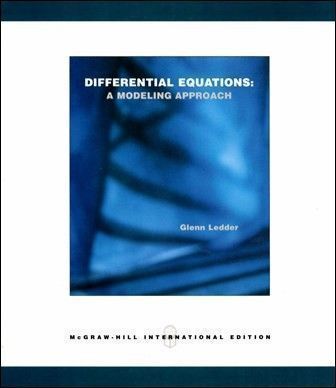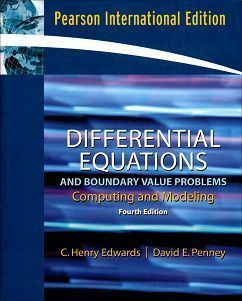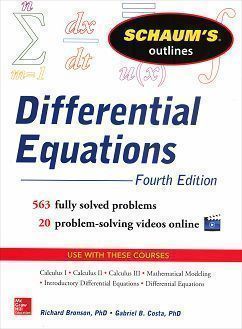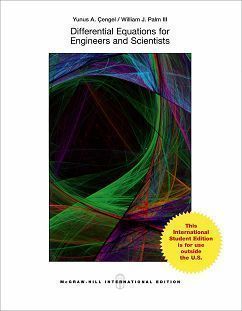書籍分類

Differential Equations 4/e
作者:Blanchard
原價:NT$ 1,400
ISBN:9781133110590
版次:4
年份:2012
出版商:Cengage Learning
頁數/規格:836頁/平裝雙色
版次:4
年份:2012
出版商:Cengage Learning
頁數/規格:836頁/平裝雙色
內容介紹 本書特色 目錄
- Description
Incorporating an innovative modeling approach, this text for a one-semester differential equations course emphasizes conceptual understanding to help students relate information taught in the classroom to real-world experiences. Going beyond a traditional emphasis on technique, the authors focus on understanding how differential equations are formulated and interpreting their meaning to applied models from a variety of disciplines. A three-pronged qualitative, numeric, and analytic approach stresses visualizing differential equations geometrically, utilizing the latest computational technology to investigate the behavior of solutions, and predicting the behavior of solutions as they apply to models. The presentation weaves various points of view together so students become adept at moving between different representations to solve nonlinear differential equations equally well as traditional linear equations. Certain models reappear throughout the text as running themes to synthesize different concepts from multiple angles, and a dynamical systems focus emphasizes predicting the long-term behavior of these recurring models. Students will discover how to identify and harness the mathematics they will use in their careers, and apply it effectively outside the classroom.






